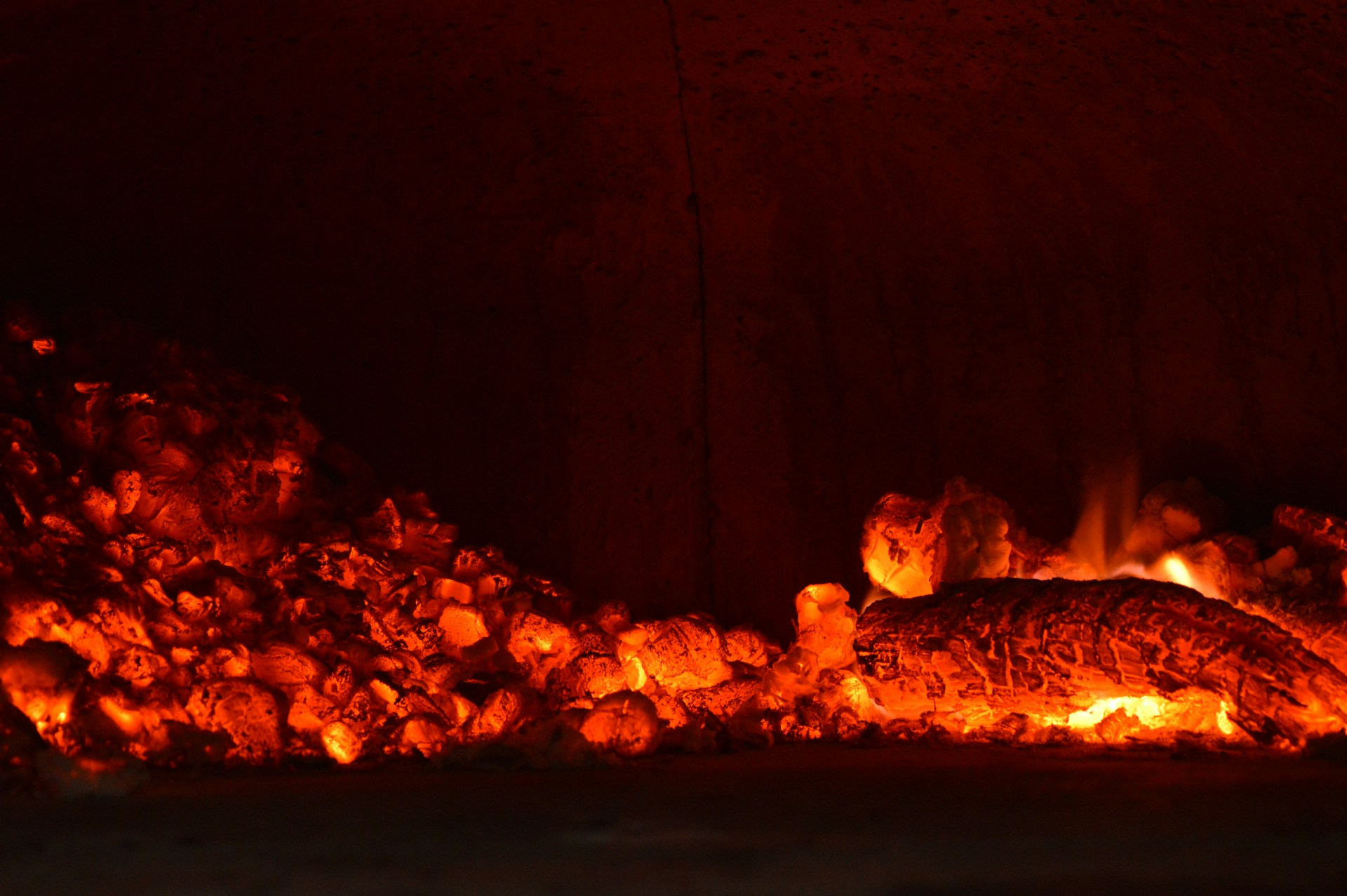Specific heat capacity is the measurement of the amount of heat energy required to change the temperature of a unit of mass of a substance by one degree Celsius (or one Kelvin). This quality exists within a material and varies between different substances, revealing their behaviour with heat and their suitable uses in a variety of fields.
To understand specific heat capacity, its important to understand the basics of thermodynamics. We recommend the following book for an introduction into thermodynamics:
The History of Specific Heat Capacity
Below is a brief timeline we have prepared to allow you to understand the context and history of the idea of specific heat capacity.
We start from the mid-18th century onwards, scientists such as the Scotsman, Joseph Black, first recognised that equal masses of different substances absorb differing amounts of “sensible heat” in his words to change temperature, which was the foundation for what we now call specific heat capacity.
In the 1780s, Lavoisier and Laplace used calorimeters to quantify heat as a fluid (“caloric”) and established the first numerical ratios of heat per degree per mass.
Rumford’s experiments on cannon boring in 1798 challenged the caloric view by demonstrating heat’s mechanical origin, a shift that was compounded by Fourier’s 1822 heat-conduction theory, in which specific heat appears naturally in the equation.
Dulong and Petit’s 1819 law showed that the product of specific heat and atomic weight is nearly constant for solids, aiding atomic-weight determinations, and Regnault’s mid-19th-century precision calorimetry yielded highly accurate tables of specific heats.
With all those developments from some of the best scientists the world has ever seen, we finally reach Joule’s mechanical equivalent. Joule’s use of mechanical equivalent of heat unified heat with energy, giving specific heat its modern definition as the joules required to raise a unit mass by one kelvin.
The Specific Heat Capacity Formula
![]()
Where:
- c – Specific Heat Capacity (J/ kgK)
- Q – Energy/ Amount of heat supplied (J)
- m – Mass (kg)
- T – Temperature (°C)
How to Find/ Calculate Specific Heat Capacity?
- Determine the final and beginning temperature as well as the mass of the bodies you are studying.
- Subtract the final temperature from the initial temperature to give you the ΔT (°C) for the formula.
- Multiply the ΔT (°C) with the mass (kg) of the body you are studying.
- Divide the energy/ heat supplied (J) with the answer to step 3.
Specific Heat Capacity Calculator
This specialised calculator is designed to measure the heat capacity of samples, whether they are being heated or cooled. It quantifies the specific heat, which is the thermal energy required to raise the temperature of a 1 kg sample by 1 K. Continue reading to discover the proper application of the heat capacity formula for accurate outcomes.
Definition of Specific Heat Capacity at Constant Volume
Specific heat capacity refers to the amount of heat or energy needed to raise the temperature of a substance with a fixed volume by 1 degree Celsius per unit mass. The equation for calculating this is given by Cv = Q / (m × ΔT), where Cv represents the specific heat capacity at constant volume.
How Is Specific Heat Capacity Calculated?
The calculation for the specific heat capacity (c) involves the formula c = Q / (m * ΔT), where ‘c’ represents the specific heat capacity of a material with mass ‘m’. In this formula, ‘Q’ stands for the amount of energy introduced or removed, and ‘ΔT’ indicates the temperature variation experienced by the substance. For various processes, such as at constant volume (Cv) or constant pressure (Cp), the relationship between Cv and Cp is determined by the specific heat ratio (ɣ = Cp/Cv) or can be expressed through the gas constant ‘R’, calculated as R = Cp – Cv.

Hassan graduated with a Master’s degree in Chemical Engineering from the University of Chester (UK). He currently works as a design engineering consultant for one of the largest engineering firms in the world along with being an associate member of the Institute of Chemical Engineers (IChemE).



